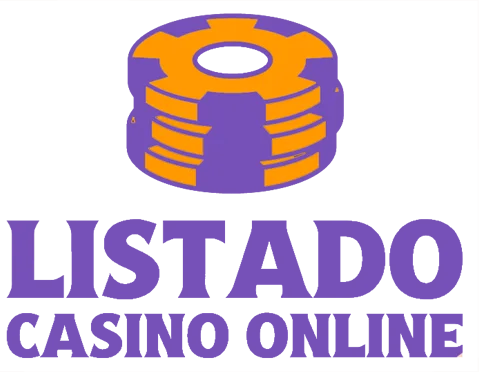Expert Overview: Trotter vs. Misolic
The upcoming match between James Kent Trotter and Filip Misolic promises to be an exciting encounter, showcasing two formidable players with contrasting styles. Trotter, known for his powerful serves and aggressive baseline play, faces a challenging opponent in Misolic, who is renowned for his exceptional movement and tactical intelligence on the court. Given their recent performances, this match is expected to be highly competitive, with both players vying for dominance in their respective strengths.
Trotter, James Kent
Misolic, Filip
(2nd Set’)
Predictions:
| Market | Prediction | Odd | Result |
|---|---|---|---|
| Over 1st Set Games | 74.30% | 1.22 | |
| Under 3.5 Sets | 84.60% | ||
| Under 1st Set Games | 69.70% | 1.36 | |
| Tie Break in 1st Set (No) | 77.30% | ||
| Under 2.5 Sets | 70.00% | ||
| Tie Break in Match (No) | 63.10% | ||
| Total Games 3-Way (Under 22) | 54.00% | ||
| Total Games 2-Way (Over 22.5) | 54.90% |
Betting Predictions
Set and Game Outcomes
The odds suggest a high likelihood of the match extending beyond a single set, with the probability of it going over 1st set games standing at 70.80%. Conversely, there’s a strong chance that the match will not exceed three sets, indicated by the 82.40% odds for under 3.5 sets. The probability of the first set being under 21 games is also notable at 71.10%, hinting at a potentially swift conclusion to the initial set.
Tie Break Predictions
Regarding tie breaks, the odds favor no tie break occurring in the first set at 73.30%, suggesting that one player might secure a decisive lead early on. The likelihood of no tie break in the entire match is even higher at 67.20%, indicating that one player could dominate their service games effectively.
Total Games Analysis
For total games played, there’s a significant prediction that the match will fall under 22 games, with odds at 51.20%. This aligns with the expectation of a shorter match duration. On the other hand, there’s a slightly higher probability of the match exceeding 22.5 games, marked at 53.60%, reflecting potential competitiveness and resilience from both players.

